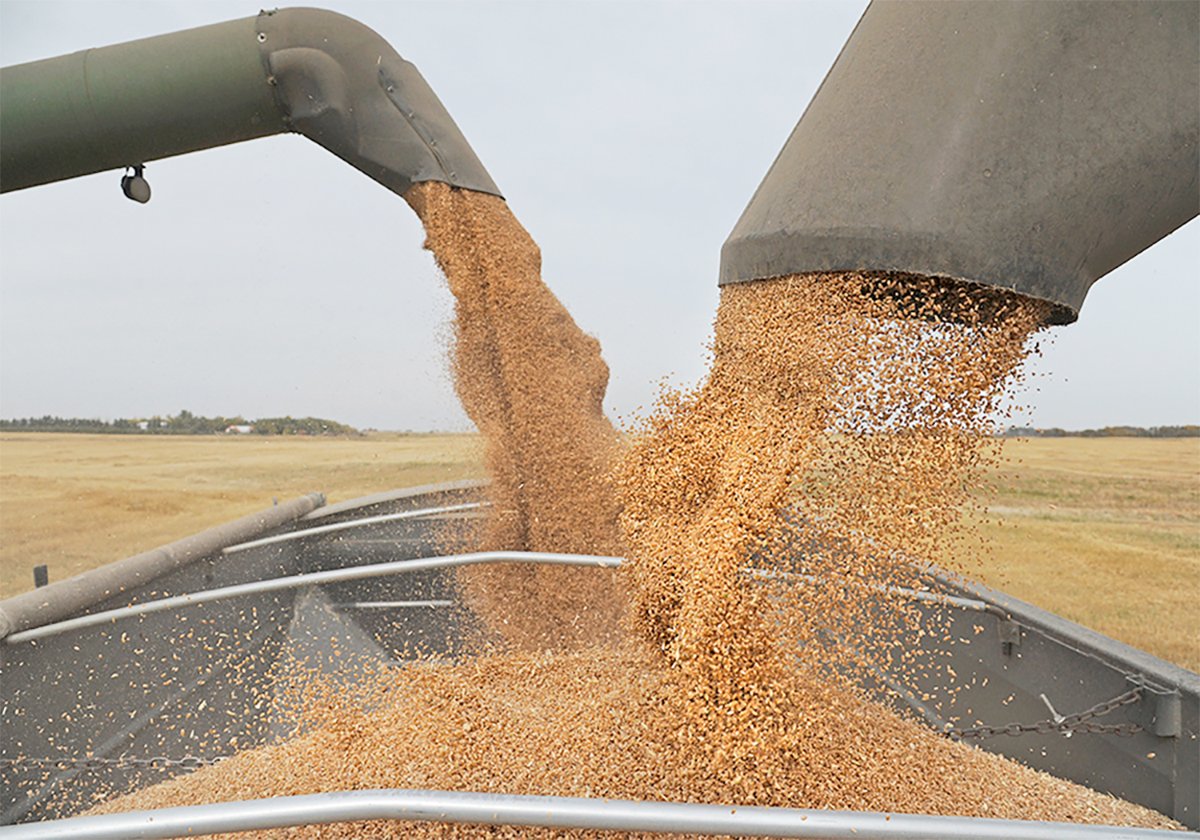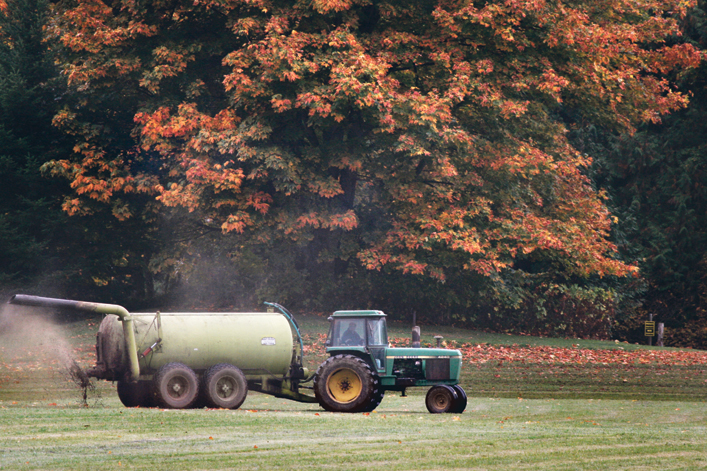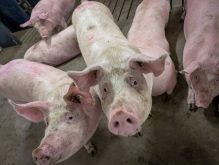A mobile manure treatment system developed by researchers from the U.S. Department of Agriculture and Pennsylvania State University removes almost all of the phosphorus and solids from dairy and swine manure.
“It uses a combination of liquid solid separation and chemical amendment in order to remove as much as 99 percent of the phosphorus from both dairy manure and swine manure,” said Clinton Church of the USDA.
The system is built on two semi-trailers and uses three stages in the manure treatment process, which treats 36,000 gallons of liquid manure in a 24-hour period.
Read Also

Agriculture productivity can be increased with little or no cost
There’s a way to enhance agricultural productivity with little or no cost. It doesn’t even require a bunch of legislative changes.
Another prototype that is already designed will have the generator on the same trailer as the separation equipment, so the entire system will be set on only one semi-trailer.
The first step of the phosphorus extraction occurs in two stages.
The first stage uses a screw press to remove the bulk solids, which removes about 80 percent of the total solids from dairy manure and approximately 15 percent of the total phosphorus.
“That solid is relatively low in phosphorus,” Church said.
“A lot of farmers already have a screw press on their farm, and the reason they do it is to create solids, which are then composted and are then put back in the barn to use as bedding material for the cows.”
The second stage of the first step has the liquids pumped through a decanter centrifuge, which removes another 10 percent of total solids. It contains approximately 45 percent of the total phosphorus.
“Those are the medium-size solids,” Church said.
“That removes all particles larger than about 25 microns. It is necessary to get those solids out of the way so that the chemical treatment will work correctly.”
The second step uses chemical treatment to convert the dissolved phosphorus in the manure into particles.
“We treat it with ferric sulfate, which dissolves in a solution, and then when the pH gets adjusted, it forms ferric oxyhydroxide, which the dissolved phosphorus will absorb to,” Church said.
Substitutes for ferric sulfate can also be used, including acid mine drainage residual, which is a material derived from the environmental remediation of abandoned coal mine drainage.
The final step is another liquid-solid separation to remove the fine solids from in the original manure, as well as the particles that were formed in the chemical treatment step.
“The first step is the screw press and the second stage basically removes the medium-sized particles by centrifugation. The final step removes the final particles by filtration, and it’s filtration through a diatomaceous earth filter,” Church said.
He said the diatomaceous earth was the most expensive aspect of the system because it costs 33 cents per pound and was a daily consumable.
However, the USDA recently filed for a patent on a way to recover and reuse the diatomaceous earth, which has greatly reduced the cost to run the system.
“In its original form it was 6.25 cents per gallon of manure for treatment costs,” Church said. “Just reusing the diatomaceous earth gets us down to two and 2.5 cents per gallon treatment costs.”

The chemical treatment step and the final solids removal step are not currently being used by any farms in the United States, but a 1,000-cow operation could install a system that ran 24 hours a day to capture all the phosphorus it produces.
However, many smaller operations aren’t in a position to install such an elaborate system.
“There were lots of technologies we could have used and we rejected almost all of them because they couldn’t lend themselves to a mobile system,” he said.
“We wanted to have a mobile system that maybe 10 farms will join together and then this mobile system would rotate around these farms and serve 10, 100-cow farms just as easily as it would serve one 1,000 cow farm.”
He said the mobile system will also allow private companies to offer a manure treatment service.
There is also a potential for revenue streams from the material that the manure cleaning system generates, he said.
“Nursery farmers that grow baby trees, and mushroom farmers, will basically fight over those centrifuge solids, and they would be useful to organic farmers as well because they can use that as a fertilizer.”
The phosphorus extraction system leaves most of the nitrogen behind, so farmers can still get the benefits of that nutrient when applying the cleaned component.
The system was tested on swine manure last summer, and Church said it worked even better than it does with dairy manure.
He said the project is currently looking for a commercial partner that would license the patents. His team will continue to help commercialize the system once a partner is found, he added.
Eutrophication, which is the excessive richness of nutrients in a body of water caused by runoff, is a leading cause of problems in many freshwater and coastal marine ecosystems around the world.
Eutrophication has forced regulators to increase regulations around nutrients leaching out of agricultural areas into watersheds throughout North America.
“Phosphorus is one of those chemicals that has been found that it is a limiting nutrient in water bodies, so if you can keep the phosphorous out, say the Great Lakes, then you don’t end up with these huge algae blooms.”
















